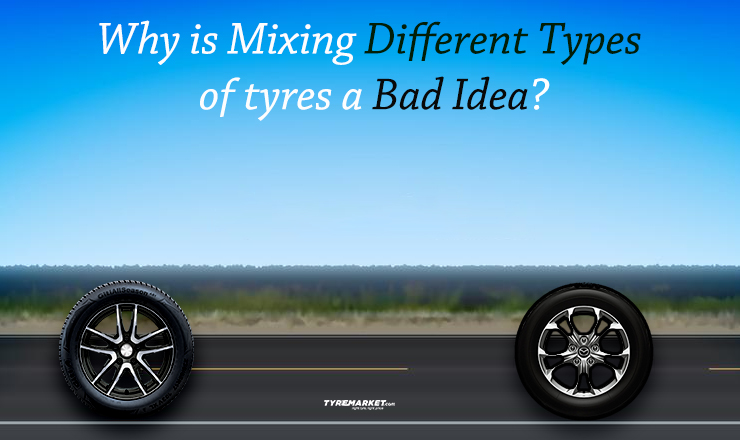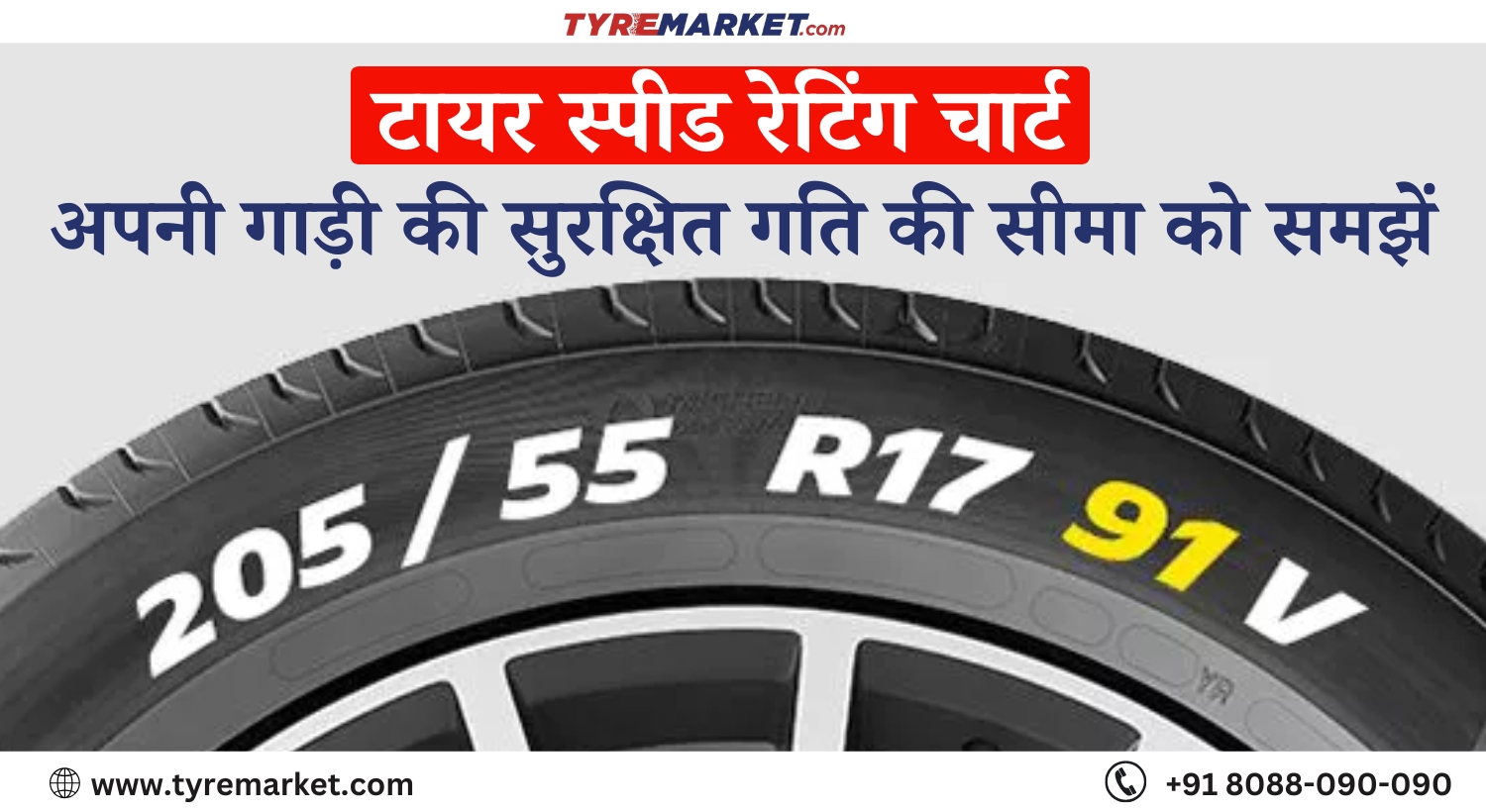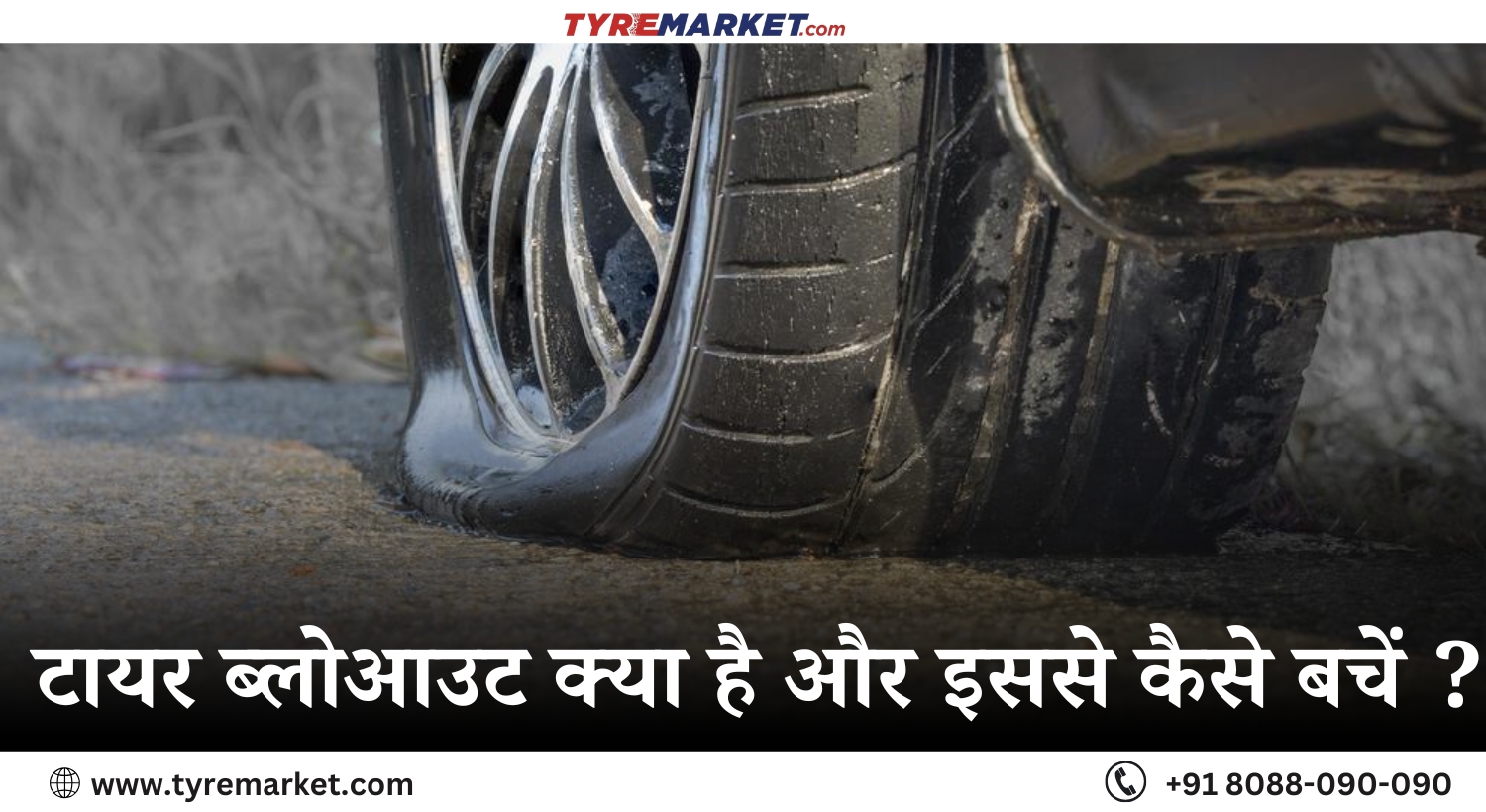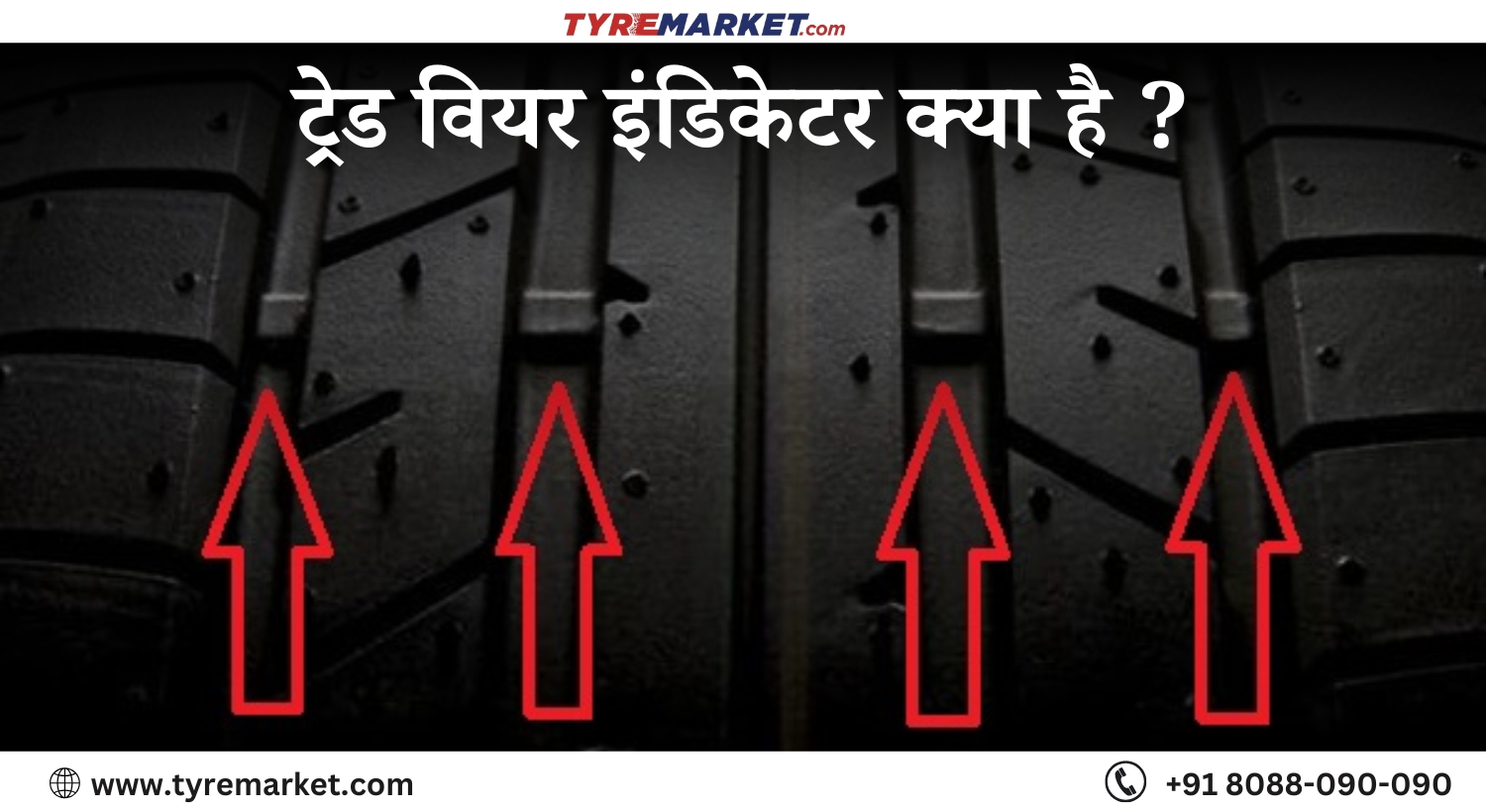The old tyres of your vehicle wear out with time, and you have to replace them. But you need to answer a few questions before changing tyres – should all tyres be replaced at the same time or should they be replaced separately? What type of tyres should you choose?
Changing tyres should not be taken casually, as it decides the future of your vehicle. Top experts suggest that you should change all the tyres together because it provides stability to your vehicle.
In case you need to change only one tyre, it should be similar to the once already installed. Mixing tyres should be avoided because each tyre is designed with varying traction and handling properties, which does not suit every vehicle.
Buy New Tyres for Your Vehicle Online Here
Mixing tyres: Why is it not recommended?
In the short-term, inexpensive but non-identical tyres may provide you with a sense of relief. However, they can quickly lead to loss of control and instability while driving. The reason is simple – the axle is supposed to have the same set of tyres. Each tyre has different tread patterns, internal construction, and size, which may lead to jitteriness or vibrations while driving on different road conditions. Consider the following points while replacing tyres –
- Tread patterns are directly related to the grip of the tyre which impacts the drive on wet and dry roads. While CEAT tyres have a different tread design, Michelin offers a varying depth in tread patterns.
- As a general rule of thumb, all the tyres should be replaced at the same time. It enables maintaining the load balance of the vehicle and provides strong handling. However, in many cases, it is not possible to replace all the tyres at the same time.
We recommend that you should change all the tyres at the same time. Whether you have a two-wheeler or a four-wheeler, changing one tyre may lead to poor weather traction.
As the new tyre has a better grip, there are chances that the old tyres won’t be as reliable on wet road conditions. This can make driving a two-wheeler extremely challenging in such situations. - If you choose to replace tyres separately, place the new ones at the rear. Placing the tyres at the rear provides increased hydroplaning resistance and higher tread depth. Since the rear provides more control, the ride can be stable and the drivers won’t run the risk of slipping or falling on poor road conditions.
- In any condition, never mix different tyre sizes. Unequal tyres will affect the acceleration of the vehicle, and the steering would feel out of control. Tyres with different sizes do not provide the speed that your vehicle is capable of and may also lead to false speedometer readings. In the long-term, unequal tyres increase the risk of damaging the clutch.
How to select the best replacement tyre?
Now that you know mixing tyres isn’t such a good idea, how do you select the best tyres? For one – you can always replace with the OE tyres already installed on the vehicle. It ensures that the tyres have the same tread pattern, design, construction, and size, and are compatible with the same road conditions as earlier. The primary performance features of the tyre remain the same with OE tyres.
The two primary reasons which may lead you to reconsider OE tyres are price and performance attributes. There are cheaper tyres available in the market which are really affordable to install and provide decent performance. However, it is not recommended to install tyres based on their price but for their performance features.
If you want different performance features, you can explore other brands of tyres with the same size. The Speed Rating is an essential indicator of the tyres compatibility with the vehicle. Performance attributes also differ from climate conditions. All-season tyres are the most beneficial for people living in the north who want to drive on wet and snowy roads. On the other hand, some tyres provide quick response and increased grip to drive in dry conditions.
You should never replace tyres that do not match the same specifications and performance features as the OE tyres. It should only be considered in the case of an emergency and must be replaced as soon as possible. When pushed to their limits, unequal or incompatible tyres can lead to poor handling of the vehicle.
Conclusion:
Tyres are the most vital component in controlling and handling of the vehicle. It is never recommended to mix different tyre types. Identical tyres provide the perfect traction and grip on both the front and rear ends. They come with similar tread patterns and construction, making the grip firm on wet and dry conditions. At Tyremarket, we provide tyre sets for a wide range of vehicles which match the attributes of OE tyres.
 Help
Help
 Customer Care:
Customer Care:

 |
| 
 Help
Help











Mla swift vdi tyre upsize krave ki nko